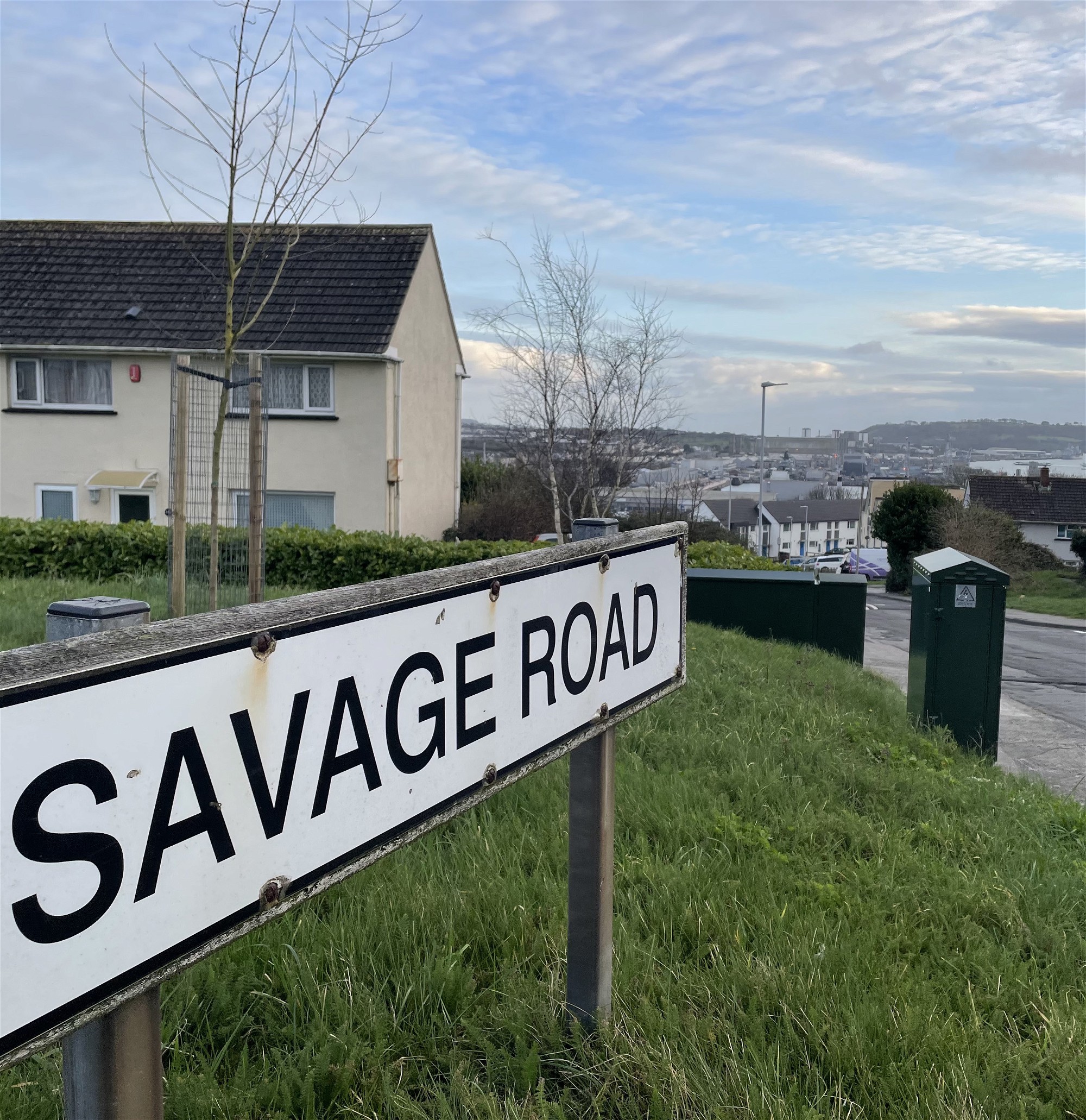
78 NEW HOMES IN
BARNE BARTON
PCH have completed the purchase of 78 homes in Barne Barton from Sovereign Housing Association this week.
This means PCH has taken ownership of 18 two bed flats, 43 two-bed houses and 17 three-bed houses in Kelly Close, Berthon Road and Savage Road to add to our existing homes in Plymouth.
Nick Jackson, Director of Business Services and Development, said:
“We are looking forward to welcoming those living in Barne Barton to PCH and we are wasting no time in visiting our new tenants. We want to make a good first impression and by doing face-to-face homes visits within the first few weeks, we are showing people we are a proactive, caring, local landlord who looks out for the safety and wellbeing of our residents.”
Before the sale was agreed, residents living in the properties were provided with information to explain the reasons why Sovereign was considering the sale before a six-week consultation took place.
During the consultation PCH and Sovereign arranged a joint drop-in session for residents to enable those with questions to ask them faceto-face and meet with representatives of both housing associations.
Mr Jackson continues: “As a sector, we are committed to improving the lives of our residents by providing quality housing and excellent services. Sometimes that means thinking differently about how we work and this transfer of homes in Barne Barton is testament to that commitment - as two Housing Associations work together with residents, for the benefit of residents.
“From a PCH perspective, this is a fantastic opportunity to provide an unrivalled level of service to more residents in Plymouth and increase the number of homes we own. Whilst we are expanding beyond the city boundaries into surrounding areas in the South West, we also want to continue to increase the number of homes we own on our doorstep because we are an organisation committed to Plymouth and its people. We’re looking forward to showing our new Barne Barton residents the benefits of having a high performing, local landlord that is committed to tenant involvement, locally delivered services and investing in Plymouth as a city and in the wider travel to work area.”
Helen Hann, Regional Director of Housing for Sovereign, said: “We were pleased to be able to work with PCH – with additional support from the specialist Housing Consultancy team at Faithorn Farrell Timms LLP - to complete the transfer smoothly. We wish all the residents the very best for the future.”
The addition of 78 homes to PCH’s existing housing stock brings the total number of owned properties to 14,360 in Plymouth and the wider travel to work area.
PCH’s ambition is to grow by building and buying homes in Plymouth and the surrounding areas to ensure that more social and affordable homes are available for future generations in the region.